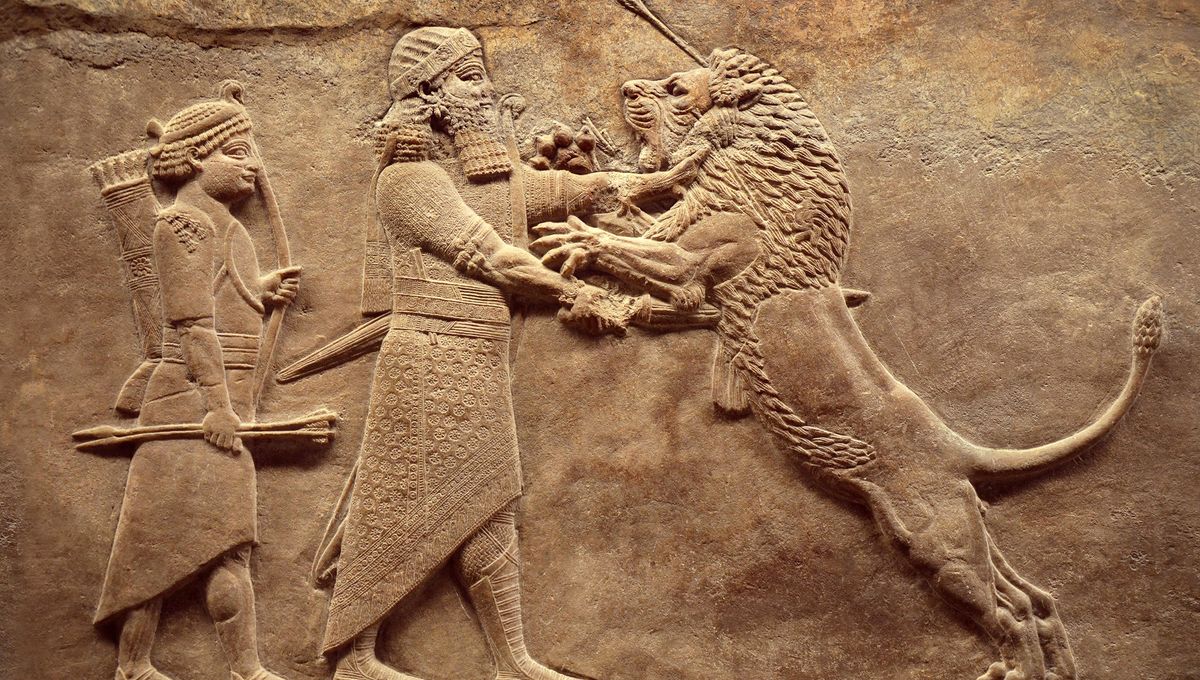
History has seen many empires and civilizations rise and fall. Some survive a few decades at most, while others stretch on for centuries. So who lasted the longest?
On the face of it, this may seem like a straightforward question, but the answer is anything but. The main issue here is that modern historians disagree on some of the main features we would use to answer the question. For instance, is it even possible for us to use terms like “civilization” in all instances, and what constitutes one? How do we measure when a civilization begins and ends? Given that many of the significant historical civilizations also experienced periods where they were ruled by foreign powers, can they be considered one long-lasting entity or something else altogether?
The concept of a “civilization” is frustratingly difficult to pin down and apply in a meaningful and comparative way, so how can we approach this challenge? Well, one thing we can look for is evidence of enduring culture and traditions across time. Shifting the emphasis in this way gives us something a little more substantial to hold onto. The following examples are considered the longest-lasting cultures in history, but an assessment of their nature will show exactly why the term “civilization” is so tricky.
Ancient and not-so-ancient China
Ask people who they think the longest-surviving civilization was and they are likely to say China, and for good reason. For one thing, China has the longest-lasting written language in the world. It is estimated that the language itself has been used for around 6,000 years, but, more astonishingly, there are characters used today that are present on artifacts – like the Oracle bones used for divination – that are at least 3,000 years old. There is no other culture elsewhere that can boast such a strong continuity.
However, can we compare modern China to its ancient predecessor or is it too dissimilar to be considered part of one long civilization? If it is, then China can be regarded as being over 5,000 years old. According to a decades-long study conducted by the Chinese State Administration of Cultural Heritage, this is certainly the case. But not all historians agree. For one thing, this claim has significant political value as it helps to legitimize the existing structure of contemporary China. Secondly, the whole region is so vast and made up of different ethnic groups that it is difficult to call them a homogenous people with the same culture and traditions.
Ancient Egypt
Another prominent contender for the title of “oldest-surviving civilization” may be ancient Egypt. But again, this is a difficult assessment to make.
Egypt was a vast kingdom in the ancient world that was first unified around 3100 BCE and lasted until 332 BCE when it was conquered by the Macedonians. Despite this political take-over, the language remained the same and hieroglyphics continued to be used until the 5th century CE, 3,500 years after they were first developed. So does this count as continuity or a sign of change?
Equally, some might focus on the ancient Egyptian religion as a marker of its longevity, but this too was not a static cultural expression. It changed over time, along with the people who practiced it, until it was finally replaced by Christianity in the first century CE.
Mesopotamia
The region in Southwest Asia based around the Tigris and Euphrates River systems is thought to be the cradle of civilization. The word Mesopotamia itself comes from the ancient Greek for “the land between the rivers”. It was home to some of the most significant developments in early human history, including the invention of the wheel, sailboats, maps, writing, mathematics, and more.
Humans first settled in the region in the Paleolithic era and benefited from the rich soils produced by flooding. Around 12,000 years ago, the humans living there put this land to use in what is referred to as the Agricultural Revolution. Then, around 5,000 to 6,000 years ago, the urban revolution, when larger cities started to form from the different villages. The first city, which dates back to around 3200 BCE, was Uruk and is thought to have been created by the Sumer people – the Sumerians are also recognized as the creators of the first written language.
The history of Mesopotamia is vast and complicated, seeing a succession of different rulers and dynasties taking over only to fall to another later down the line. These included the Akkadian Empire, the Gutians, Ur-Namma, the Babylonians, the Hittites, the Assyrians, and the Persian Empire. In 332 BCE, Alexander the Great conquered the region and it then became part of the Greek Seleucid Empire after his death.
Taken as a whole, Mesopotamia could be conceived as having a history that is as long as the Ancient Egyptians, but equally, it is difficult to know whether this represents one period of continuity or a history of changes and different cultures.
Source Link: Who Holds The Title Of The Longest-Surviving Civilization?